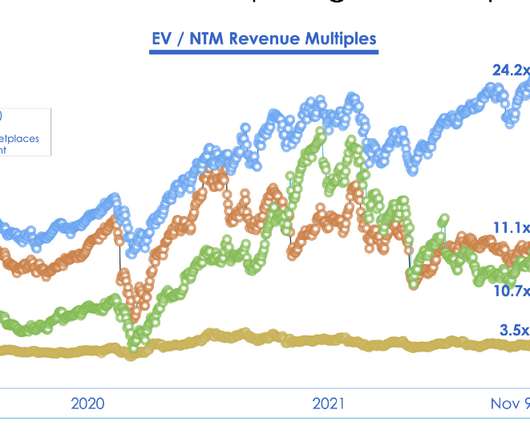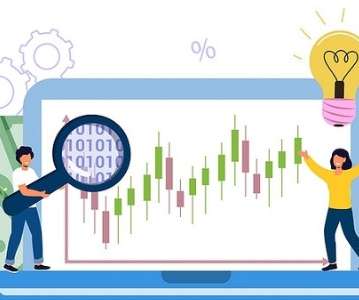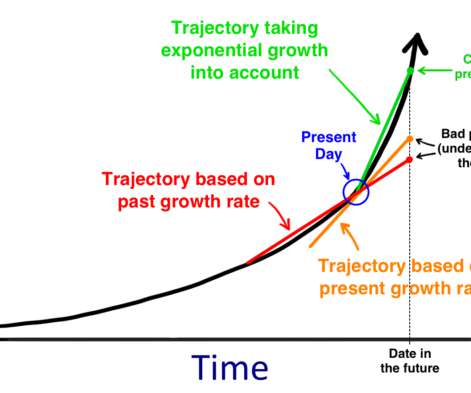What Does the Post Crash VC Market Look Like?
Both Sides of the Table
SEPTEMBER 15, 2022
When you look at how much median valuations were driven up in the past 5 years alone it’s bananas. Median valuations for early-stage valuations tripled from around $20m pre-money valuations to $60m with plenty of deals being prices above $100m. And we’re patient. What Does the Post Crash VC Market Look Like?

































Let's personalize your content